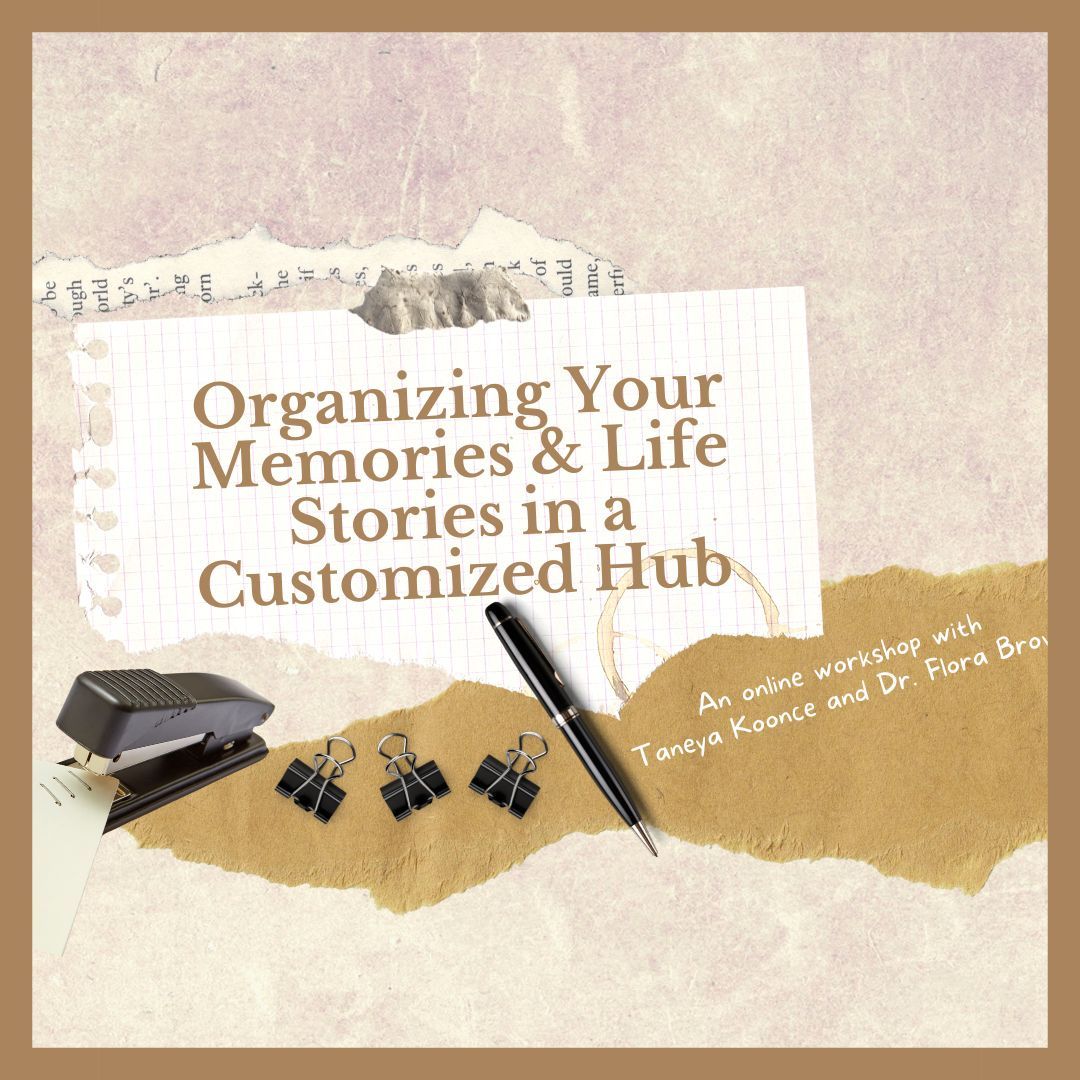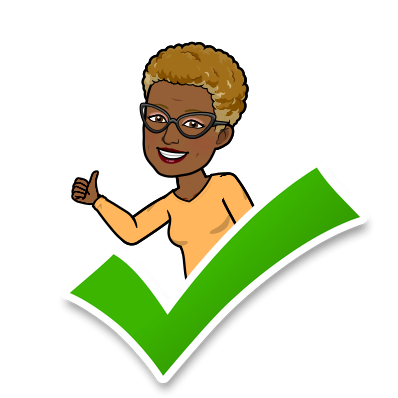Capture Your Memories One Story at a Time

Writing about your childhood memories and family stories is one of the best ways to preserve and reflect on the milestones and events that shaped who you have become to pass on to your family to treasure. Unless you do, they will definitely fade from memory or the details will get fuzzy, or worse, they'll be lost from your family legacy forever.
But how do you capture those memories, especially if you're not an experienced writer?
Here are 10 Vital Tips
1. To get started and keep yourself encouraged, aim for writing about a single memory at a time, not writing a book.
Even for experienced writers, a book feels like a huge project that's going to take a long time to complete and causes many to procrastinate from ever getting started. Writing about a single memory feels doable.
2. To stay encouraged, begin writing stories focused on one very specific memory at a time.
Think about your favorite vacation or your family's favorite recipe with a brief bio about the creator and ways it's been modified. Give as much detail as possible with all five senses. Accounts of single experiences, memories, and adventures can grow into quite a collection over time.
3. Resist the urge to write your memories chronologically.
We don't usually recall our memories in order. You can put them in time order later if you wish.
4. Keep a journal or digital notepad to jot down a memory when it pops up.
You can expand your collection of memories later. Usually, just a few words or sentences will enable you to recall the whole memory later. You can learn how to save your memories in a digital notebook in the masterclass, created by me and Taneya Koonce, "Organizing Your Memories and Life Stories in a Customized Hub." It was recorded live and is available to you at
5. Indicate the date or approximate date the memory occurred, but make a note or symbol to remind yourself to verify later when you edit.
My mother always urged us to put the dates and a few details on every picture. I now realize the importance of it, and regret I didn't always follow her suggestion.
6. Write the first draft by hand or typewritten, whichever is comfortable for you.
7. Later when you've made corrections and are pleased with a later version, type or dictate it into your computer. and keep a copy of your stories on an external hard drive
It's important to keep copies of your story in at least two places other than your local computer. Many people keep copies of their manuscripts on an external hard drive, a flash drive, and also print. Keep these copies in separate places.
8. Create a place to keep your collection of single stories. A file on your computer is an easy place to start. Again keep "saving" and making additional copies. See #7 above.
9. Give your growing collection of stories a title, even though you can change it later if you wish.
10. Include a photo or other memorabilia relevant to the memory if you have one available.
You still have to decide the format you'd like to share with your family or with the world, but at this point you have done the most important part. You have gotten your life story written, and once you've edited it or had it edited, you're ready to polish it.
See the image in the header of the article to see how my friend and colleague, Lynette M. Smith, is packaging her life story. She began writing about her various memories years ago. As she recalls events and experiences, she writes about each memory in detail and includes a photo if available.
As she creates them, she types each story, puts each inside a plastic pocket and stores them in a binder. She named her collection Lynette's Vignettes and created a Table of Contents. At the time I'm writing this she has completed 27 stories. She has written about the day her son was born, her fascination with arrowheads, a special vacation, making her wedding dress, her reflections on 9/11, and other memories that are special to her.
Even though Lynette is a published author, she has decided not to make her life stories public. She has instructed her husband to share her Lynette's Vignettes binder after her death with family and friends at her celebration of life event.
How do you want your life stories shared?
 Ready to write your life story? What if attending a 90-minute masterclass could make it easy to get started? Get the masterclass that gives you activities to get your life story rolling. It was recorded live. "Create Life Story Magic" at http://florabrown.com/lifestorymagic
Ready to write your life story? What if attending a 90-minute masterclass could make it easy to get started? Get the masterclass that gives you activities to get your life story rolling. It was recorded live. "Create Life Story Magic" at http://florabrown.com/lifestorymagic

50% Complete
Two Step
Lorem ipsum dolor sit amet, consectetur adipiscing elit, sed do eiusmod tempor incididunt ut labore et dolore magna aliqua.